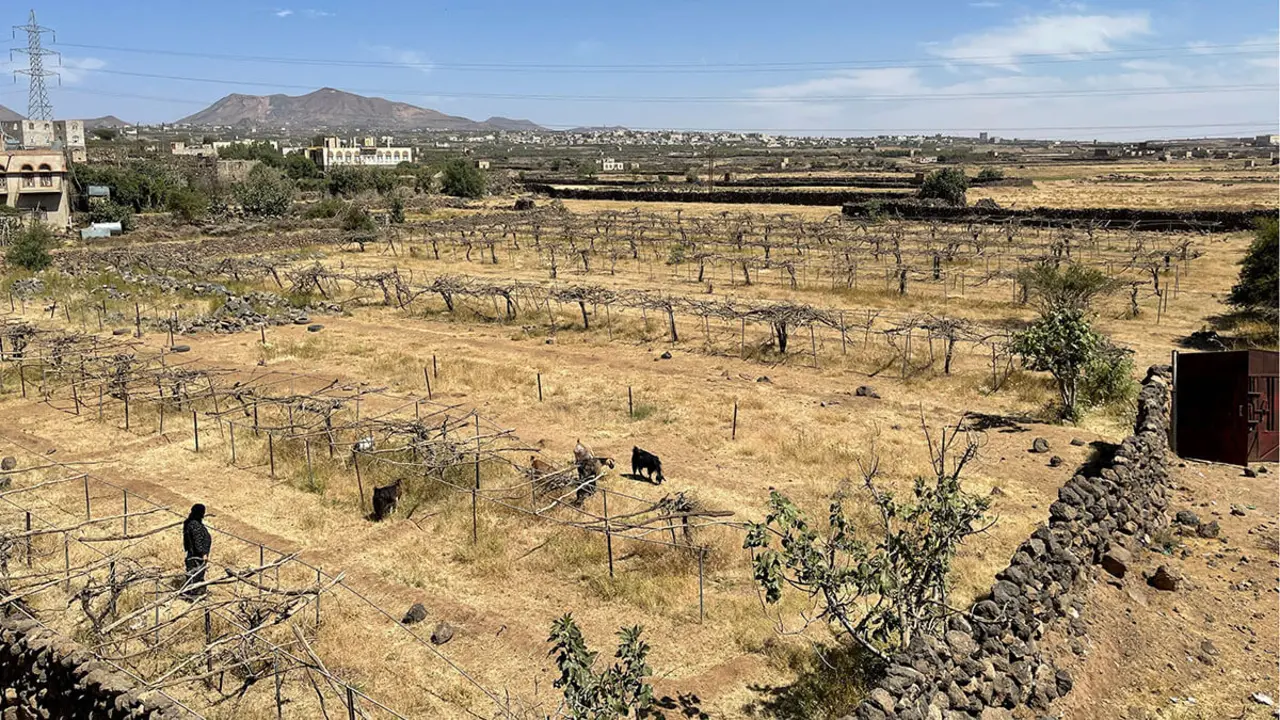Iran nears 100,000 coronavirus infections

The coronavirus continues to advance in Iran, but, according to official data, it is doing so at an increasingly slow speed. The cumulative number of people infected is now over 92,000 and is expected to reach 100,000 in the coming days. However, the growth rate of the pathogen is much lower than that recorded between late March and early April, when the country experienced the so-called "peak" of the outbreak.
The number of new infections recorded on Tuesday is as high as 1112, according to Kianush Jahanpur, head of the Public Relations and Information Center of the Iranian Ministry of Health and Medical Education. The number is worse than the one recorded on Monday, April 27, which was the first day the Asian country confirmed less than 1,000 new infections in one day since March 22. The previous days, however, new infections had remained between 1100 and 1200 daily, according to the Worldometers website, which represents a significant improvement over the previous week.

The daily death toll - 71 - has fallen sharply from the previous day; on Monday, 96 deaths were recorded, a number in line with last week's levels, but representing a rise in comparison with the weekend. Iran has recorded fewer than 100 deaths per day since mid-April, but has not yet managed to steadily deepen the downward trend. In total, the government of Tehran has counted 5877 deaths at the close of this text, which puts the mortality rate of the COVID-19 in the country at more than 6.3% and leaves Iran as the territory most affected by the pandemic in the Middle East region.
According to official data, the current number of active cases is just under 15,000, of which one in five has a serious or critical prognosis. The number of recoveries is well over 70,000. Although it is true that the rate of patient recovery has decreased over the last week, this may be due to the progressive decrease in the number of infections in general. According to spokesman Jahanpur, some 450,000 Iranians have already been tested for the pathogen.

When the coronavirus began to spread outside China in late February and early March, Iran was one of the main centers of spread. In particular, the city of Qom, with a very important religious component, was the initial point of infection to the rest of the provinces of the country. At the time, many voices critical of the Tehran government accused the Ayatollahs' regime of making up the real impact of the disease on Iranian society.








